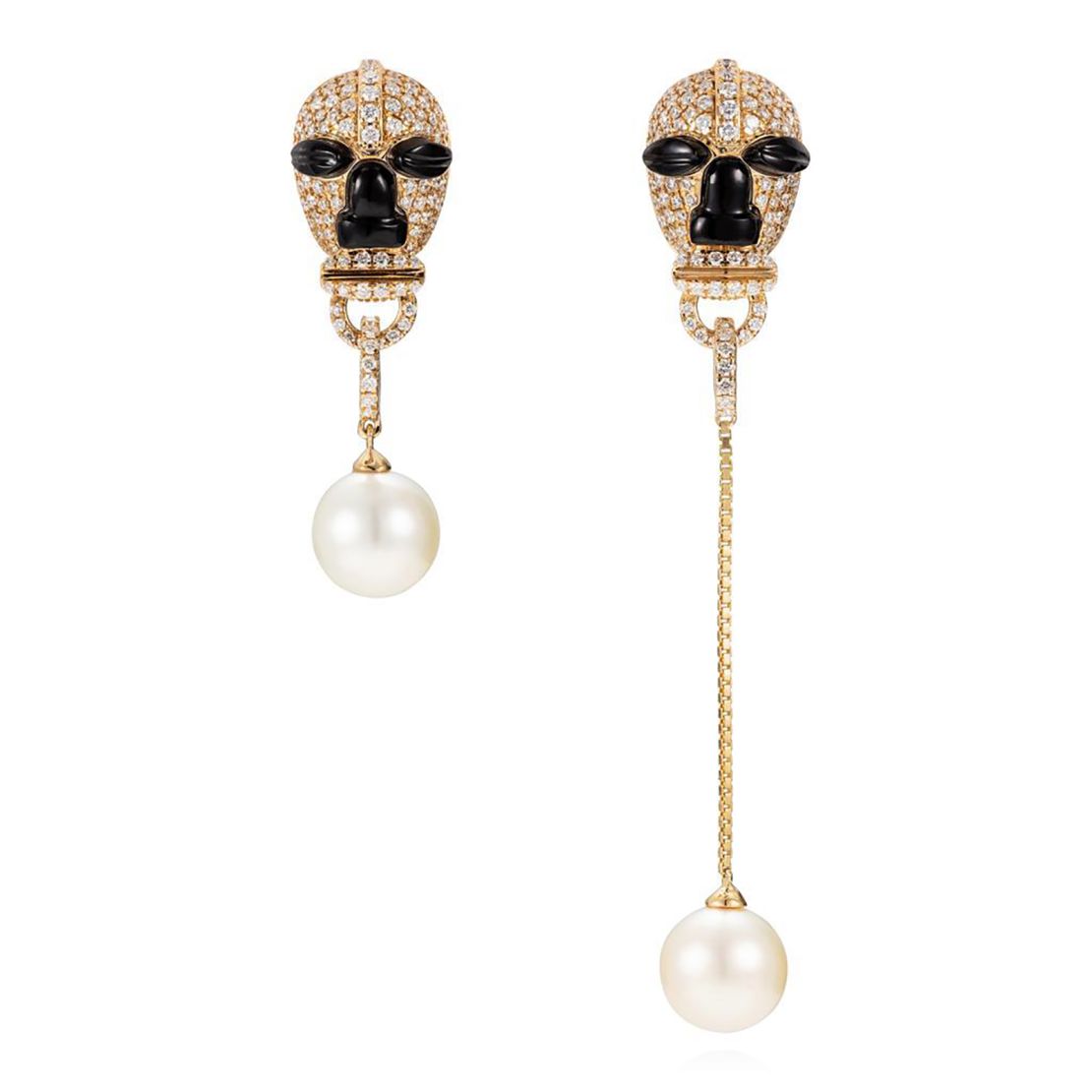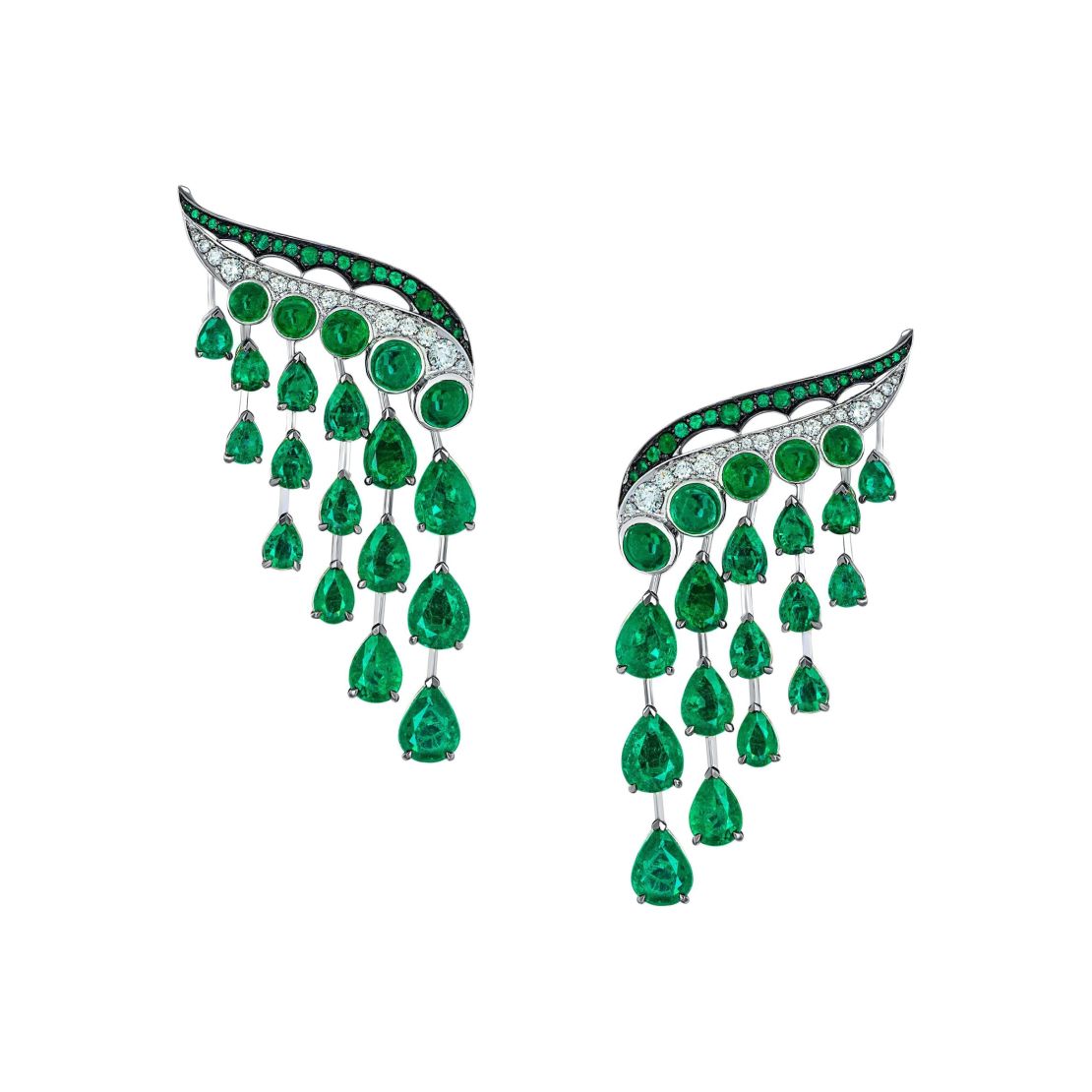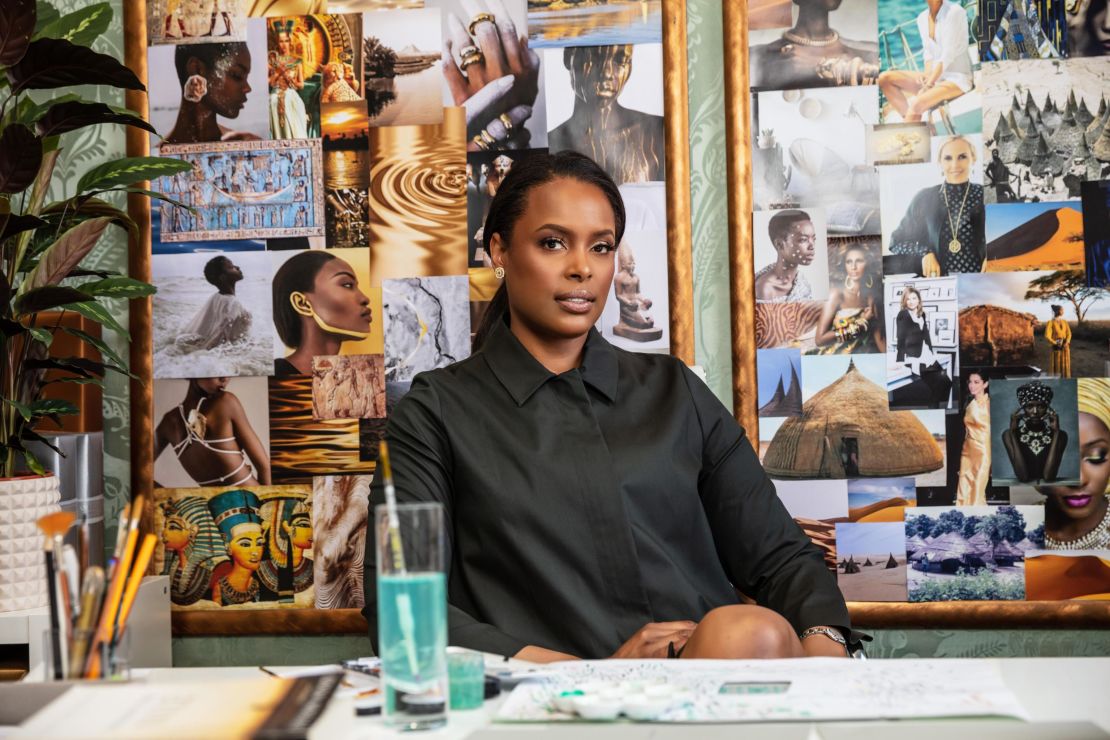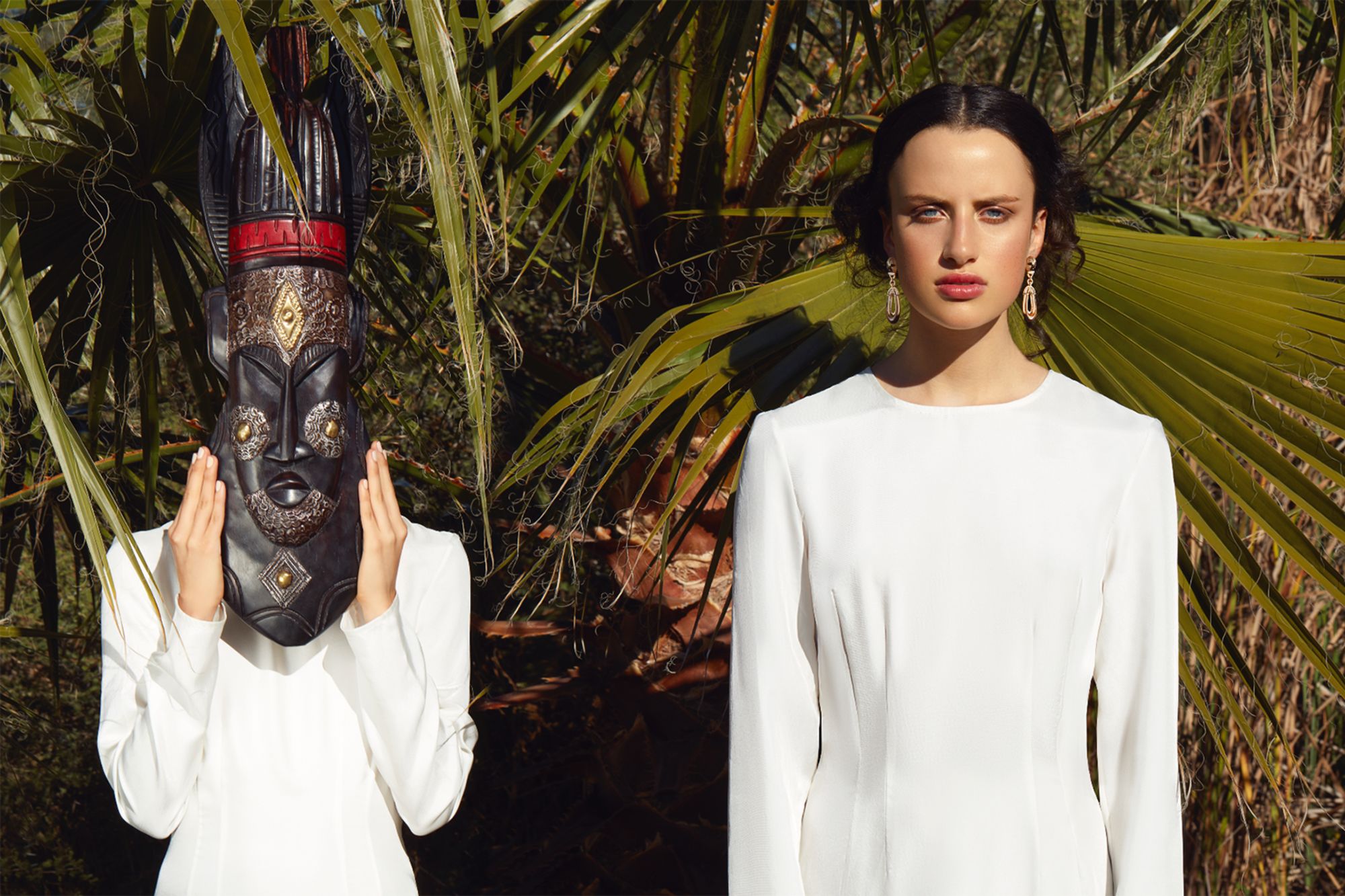Africa is often seen as the home of precious gemstones and metals, with the world’s leading jewelry houses sourcing a steady stream of diamonds, gold and other minerals from the continent.
But Africa isn’t merely a source for raw materials: A new wave of homegrown jewelry houses is offering distinctly African luxury to customers near and far.
Sierra Leone-born Briton Satta Matturi, creative director of her namesake fine jewelry house, says that African jewelry designers often have to contend with preconceived notions of what African design is, including colonial stereotypes that see it as primitive.
But there is a rich history of distinct and intricate jewelry craft across the continent. “Each region has its own style. Ghana, with its gold heritage; Kenya’s striking Masai neckpieces; South Africa’s Ndebele beading; Malian Tuareg adornment, Nigerian coral beads and ancient Egyptian influences,” she said in an email sent from Botswana, where she takes regular sourcing trips. The house, founded in 2015, already counts Rihanna as a client.

Some of her designs reimagine historical beliefs and traditional craft for present times to create modern desirable pieces. For Matturi, who previously worked as a rough diamond expert for De Beers, this approach anchors her collections and her company.
“My vision from the very beginning has always been to create designs that are wearable art forms and that celebrate a message of Africa,” she said. “For example, our collection “Artful Indulgence” focuses on creating bejeweled African masks and masquerades using 18-karat gold, diamonds and other precious stones, including rubellite and black onyx.”
Rosenkrantz Africa makes similarly stunning pieces. Founded by Iver Rosenkrantz, the brand was behind the world’s largest tanzanite and diamond necklace, containing a total of 600 carats of tanzanite and 100 carats of diamonds – a feat that brought with it a flurry of new clients.
But along with developing a unique design sensibility, which fuses the aesthetics of his native Denmark with the Tanzanian and Iranian roots of his wife, Jhaleh Aziz, the brand’s creative director, Rosenkrantz has been developing supply chains as well.

“My experience and network in Africa amongst rural communities and artisanal miners has made it possible for us to work directly with people at the source. This means we are able to influence the way the gemstones are being extracted and support the miners,” he said via text.
Although based in Tanzania, Rosenkrantz recently co-founded Zimbaqua, Africa’s first woman-only run mine for aquamarine and tourmaline based in Zimbabwe. Rosenkrantz believes that investing in, and upskilling local women will serve these communities in the long run. In addition to sourcing the gemstones, the miners have been trained in cutting and polishing, which allows them to increase the value of the gemstones themselves. He notes:
“Jewelry is a luxury, so anyone who can afford to buy it can also afford to make a contribution towards the implementation of these values. We strongly believe in responsible African luxury with a story.”
“There is so much beautiful jewelry being made in this world, but there has to be substance and depth,” he added. “If the story isn’t equally as beautiful and sustainable, we can’t love it.”

Vania Leles decided to start her own fine jewelry brand in 2011 after working for Graff, De Beers and Sotheby’s. She was driven by her desire to justly represent where her materials originated, and wanted to forge her own vision.
“I wanted more freedom and power to make decisions on how and where to buy and source, and to dictate the narrative,” she said in a phone interview. “Basically, I wanted to honor the countries and communities where these gemstones come from with pride. Only then would we see the much-needed changes in the practices on (the) ground.”
For Leles, a Guinea-Bissau native, creating a high jewelry house led by an African to rival any of the heritage houses of Europe was a huge motivation. “Even though world-renowned houses have always sourced the majority of their gemstones from Africa, there isn’t a single African person or dealer leading in a jewelry house. We have all these natural resources, so why aren’t we dealing and producing – especially when Africans are consuming?” she said.

As such, she is passionate about educating customers about provenance, particularly as the global marketplace has often undervalued stones from the continent that have equivalent varieties elsewhere. “People talk about Colombian emeralds, but never Zambian, which are just as beautiful. People talk about Burmese rubies, but not Mozambican rubies, which have existed for more than 400 million years whilst Burmese for only 100 million years,” she said. As consumer demand often drives prices, greater awareness of the beauty and value of African gemstones is imperative for price parity.
Vanleles has its own shop in London’s affluent Mayfair neighborhood, a short walk from the likes of Cartier, Harry Winston and Van Cleef & Arpels. But Leles believes greater participation is key.
“I cannot do the work alone, so I encourage other young Africans to enter the industry,” she said. “In 10 years’ time, I want to walk down Bond Street and other high jewelry districts in the world and see greater representation of Africa.”



